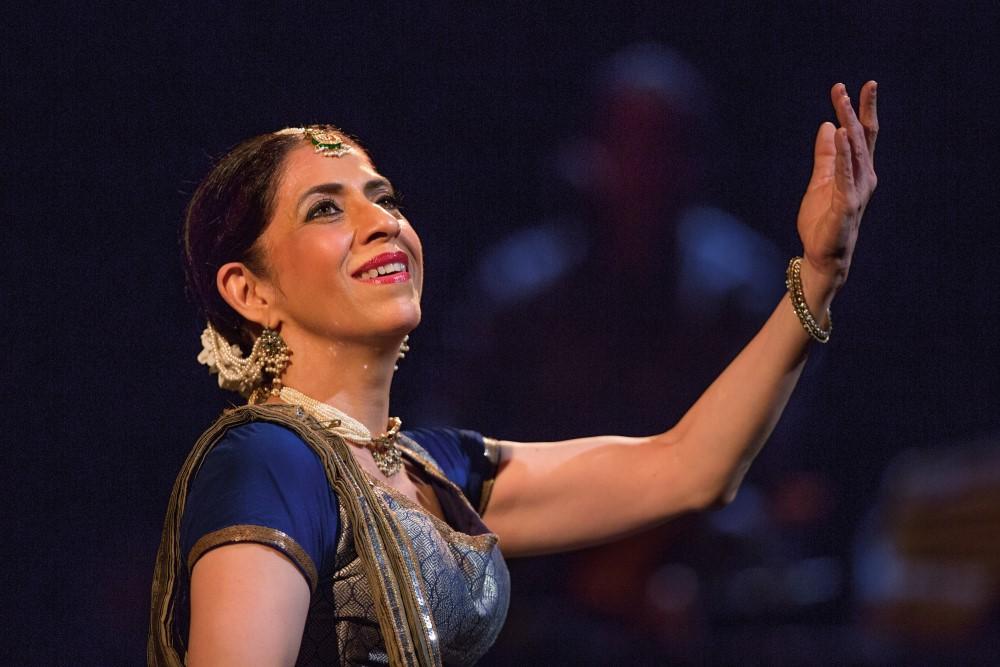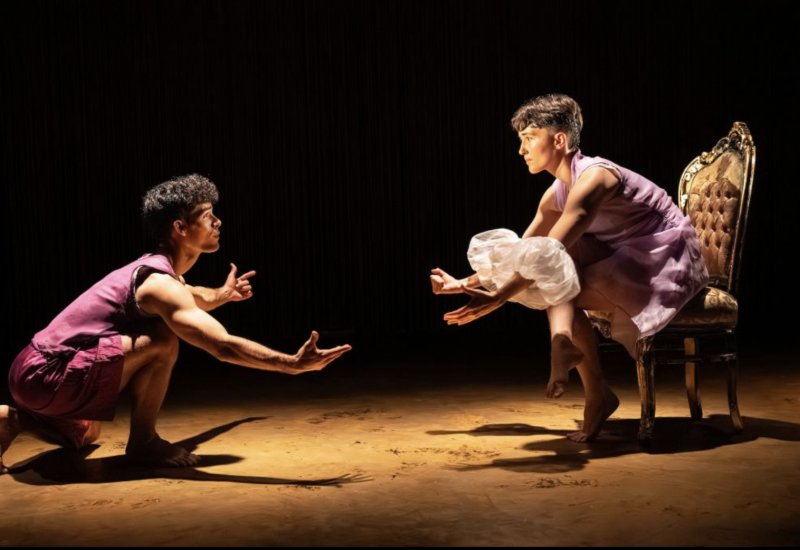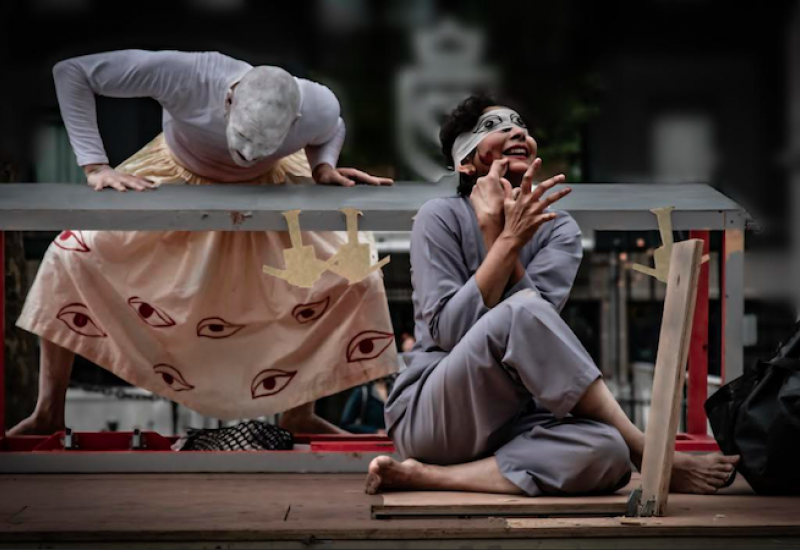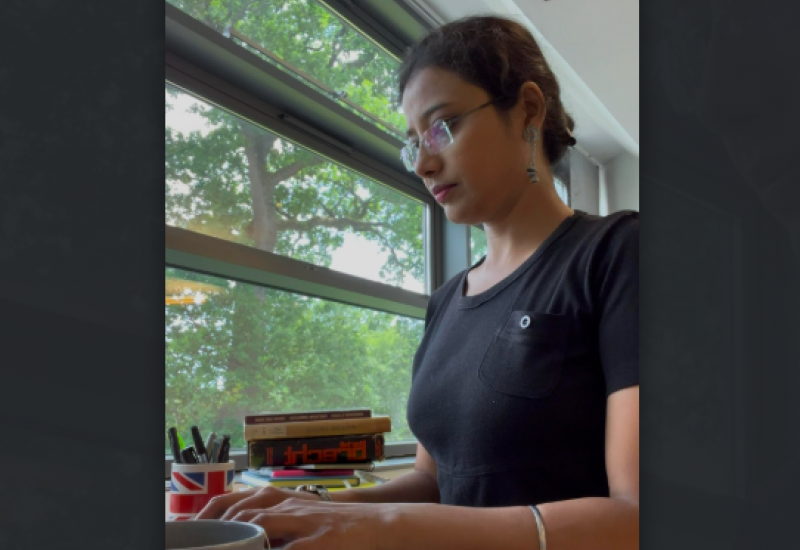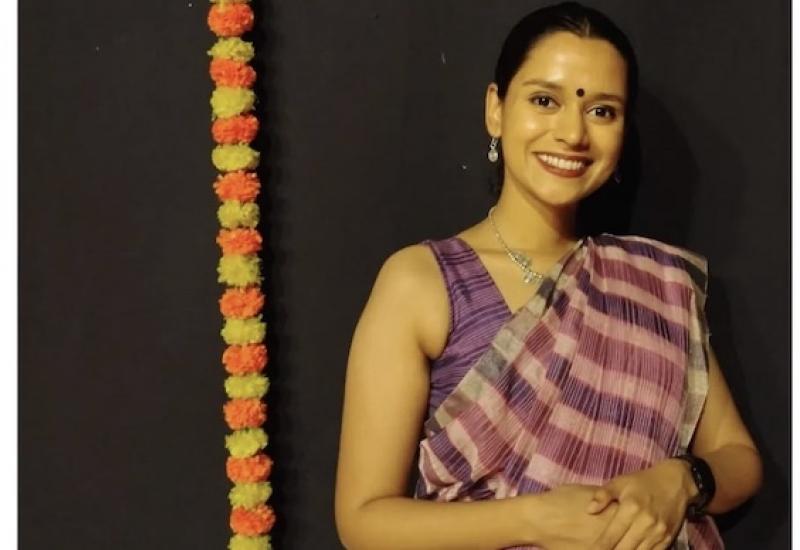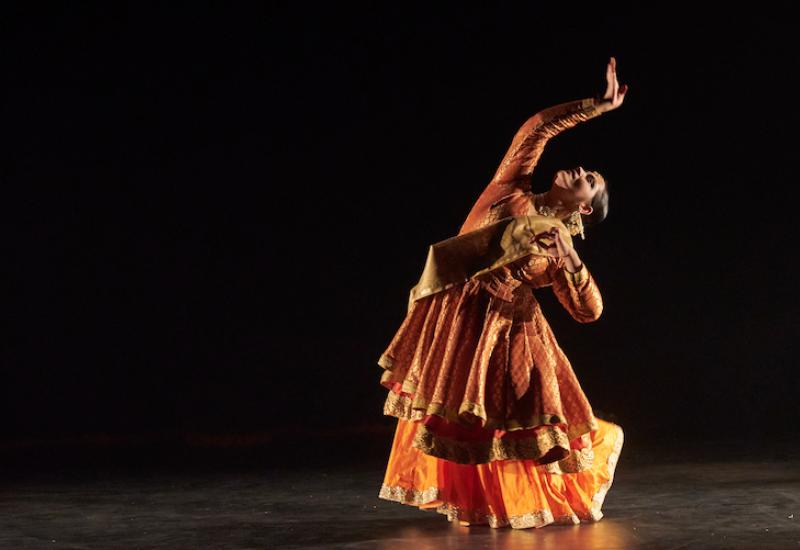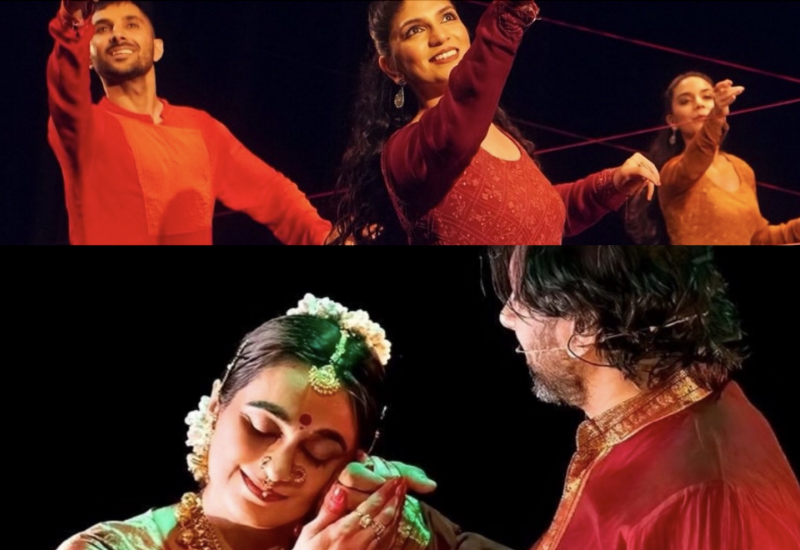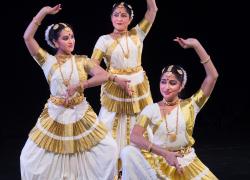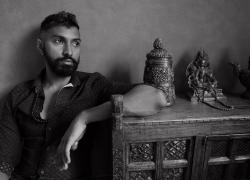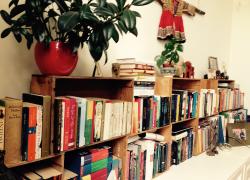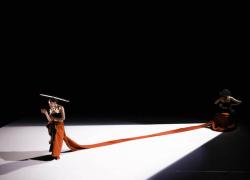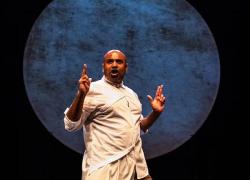Reflections on Darbar 2017
Magdalen Gorringe, bharatanatyam dancer and PhD scholar attended as many concerts at Darbar as she could manage with her commute from Birmingham.
For the first time this year, the longstanding Indian music festival Darbar has programmed dance alongside music. Akram Khan, Associate Artist at Sadler’s Wells, in explaining why it was important for him to curate the programme, spoke of the inspiration he had received as a young dancer watching great artists perform. Had it not been for this he reflected, he might well have ended up as a ‘backing dancer for Michael Jackson’.
The artists he selected for Darbar were indisputably inspirational, changing and challenging our ideas of what it is to be human (as well as of what it is humanly possible to do). This inspiration comes with a demand, raising as it does the bar for excellence - in showing how classical Indian dance forms both can and should be performed at their best. In this way, such performances serve a role vital to the growth of any art form in shattering complacency, and urging an engagement with our art forms that is deeper, more restless, never content with a ‘full stop’. The ‘wraparound’ events, including open master classes taught by Mavin Khoo and Aditi Mangaldas further encouraged such interrogation of practice, and opened the debate as to what it means to really commit to one’s art form.
In curating the event, Khan said, he had sought out classical artists with ‘a contemporary sensibility’. As Mavin Khoo puts it, this means artists who ‘are not afraid to show who they are’. In interpreting the classical form, they do not attempt to recreate a seventeenth or eighteenth century performance, but nuance the same classical vocabulary from their perspective as twenty first century, cosmopolitan, urban artists. That these dance events took place at Sadler’s Wells is important, as this inevitably endowed them with the status and visibility such a venue commands. It is especially significant that this endorsement of classical Indian dance forms comes from a venue so central to dance in Britain because, to follow Bhikhu Parekh, Notions of cultural value, belonging and worth are defined and fixed by decisions we make about what is or is not culture and how we are represented (or not) by cultural institutions’.Obviously this is not the first time Sadler’s has hosted a festival of Indian dance, but it is encouraging to see them do so again, and more promisingly still the Darbar Festival website advertises dates at Sadler’s Wells next year (24/25 November 2018). From the perspective specifically of South Asian dance in Britain, it was great to see British based bharata natyam dancer Seeta Patel as part of the programme, as well of course as Akram himself, together with Mavin Khoo, who is clear that his work is shaped by his identification as a ‘Londoner’. The presence of such artists underlines classical Indian dance forms as no longer exotic imports from a supposed land of enchantment, but as forms becoming as integral to Britain as tea (the arrival of which from China via Portugal is now scarcely remembered). The festival beautifully punctured any lingering mystique that might attach to the idea of ‘India’ through The Red Dress Project, an exhibition of Manuela Benini’s arresting images of dancing her way through India’s land fill sites and industrial shipyards.
Just one gripe - the length of the performances. 4-hour shows make no allowances for last tubes, travellers from out of London, or those who rely on childcare for an evening out. A future festival could look into outreach programmes and reduced rate tickets for those on lower incomes. Addressing such issues could help to build an audience diverse not only in terms of age and race, but in terms of income bracket as well.
[1] Parekh (2000:159)

